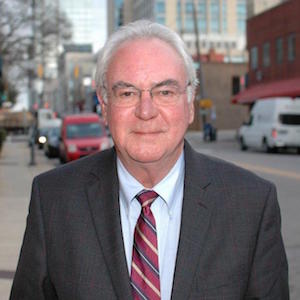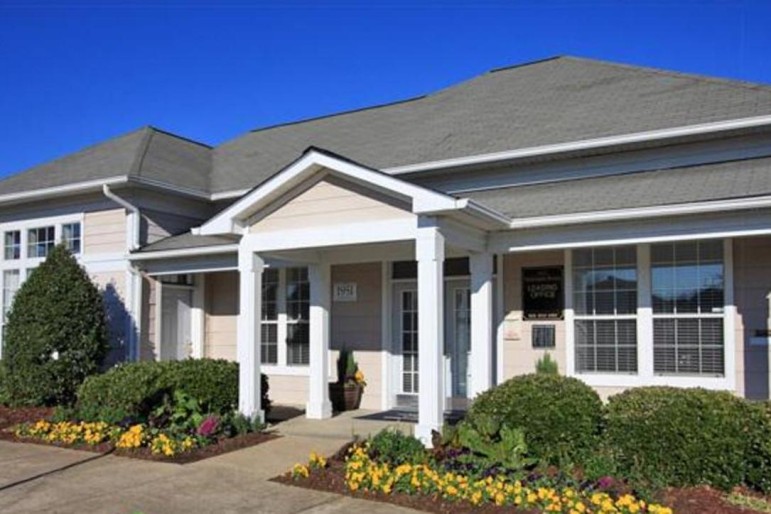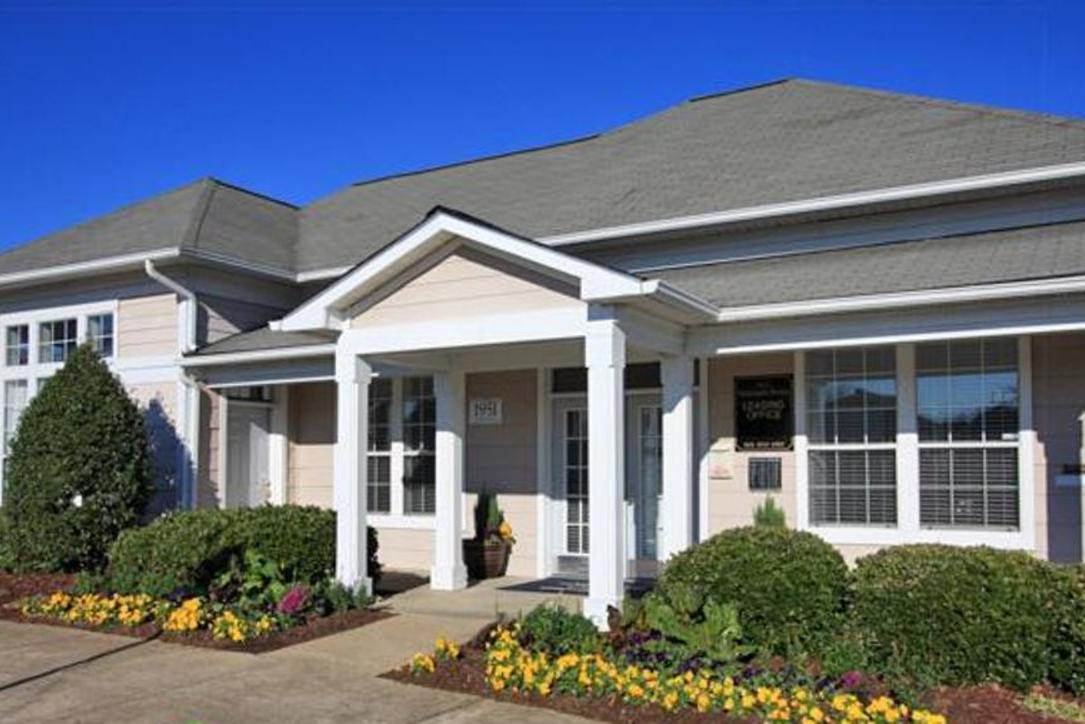The Raleigh city council met last Tuesday for a work session where they received information about the affordable housing fiscal year 2016-2020 plan, which will attempt to guide affordable housing initiatives for the next five years.

City of Raleigh
Larry Jarvis
Larry Jarvis, director of the housing and neighborhoods department, made the presentation. He said the challenges facing affordable housing in Raleigh included the strong demand for people wanting to live near downtown, the rise in property values, and weak links to transit.
He said current program offerings included neighborhood revitalization programs, rehabilitation and repair services for houses, and 200 affordable housing rental units. He proposed ten objectives for the Low Income Housing Tax Credit program that would make it possible for more affordable housing units to be developed.
Objectives Include Replacing the Scattered Site Policy
One of the objectives sought was to replace the scattered site policy, which currently acts as a guiding tool for where to place affordable housing units. He said the new policy would focus on a “concentration of poverty,” where over 30 percent of people live below the poverty line, which would affect southeast Raleigh and portions of northeast Raleigh.
Another objective was called the “Affordable Rental Preservation/Creation Program.” It contained a 0% interest forgivable loan and focused on income targeting and affordability. Jarvis gave the example of Washington Terrace, which underwent significant redevelopment to make it a viable place to live.

Washington Terrace
Some of the objectives sought to make the process more effective, such as having a standardized application process and a system to vet guidelines, scoring, and other project selection factors. Others focused on financing, such as having direct acquisition of high-priority sites and possible land banking. One objective proposed to rehabilitate vacant lots and allow for a 0% interest loan to purchase vacant lots for rehabilitation.
Councilor Gaylord: ‘They all make sense to pursue.’
Councilor Crowder asked for Jarvis to expand on the challenges facing neighborhoods, focusing on intervention before neighborhood blight becomes a problem. Jarvis responded that the market generally took care of neighborhood blight but if it didn’t, they would need to step in the different housing types.
“In general, I feel like they all make sense to pursue,” councilor Gaylord said.
Answering a question from councilor Baldwin, Jarvis expanded on the LIHTC, saying that they had $20 million due to a 2011 $16 million bond and various loan repayments. They planned to use the money for gap financing.
“I appreciate you telling us what the options are and what the realities are,” councilor Stephenson said.
There was discussion about setting a goal and how to make that goal realistic.
“At the end of the day, the answer is ‘yes,’ we need to set a goal,” city manager Ruffin Hall said.
